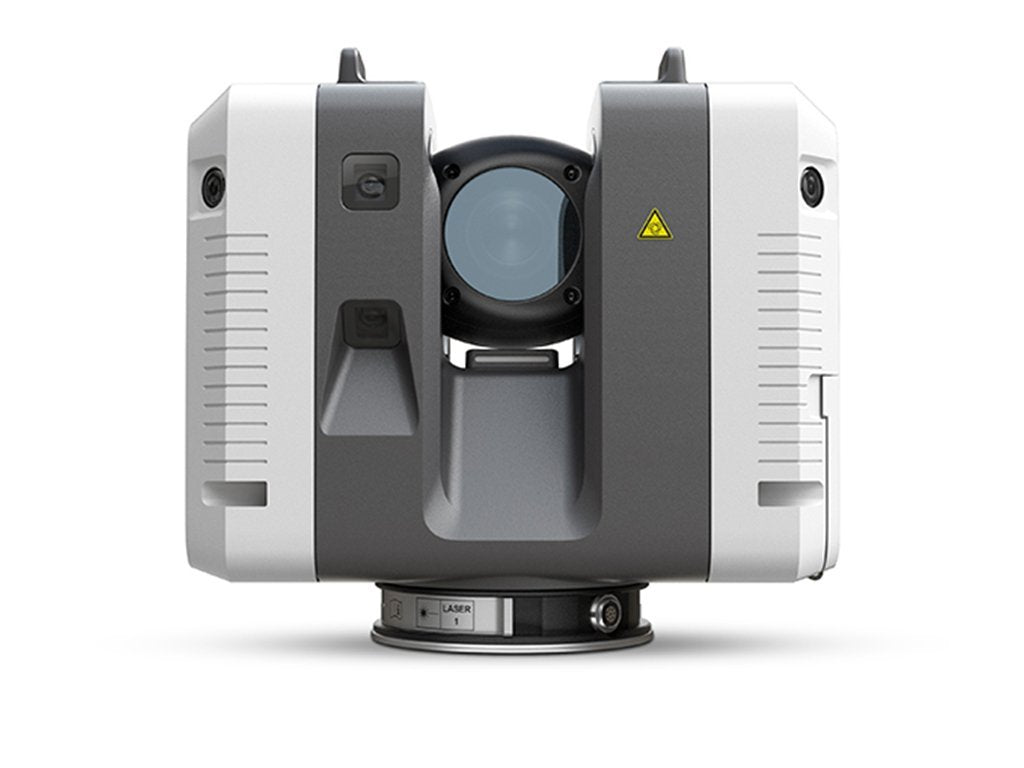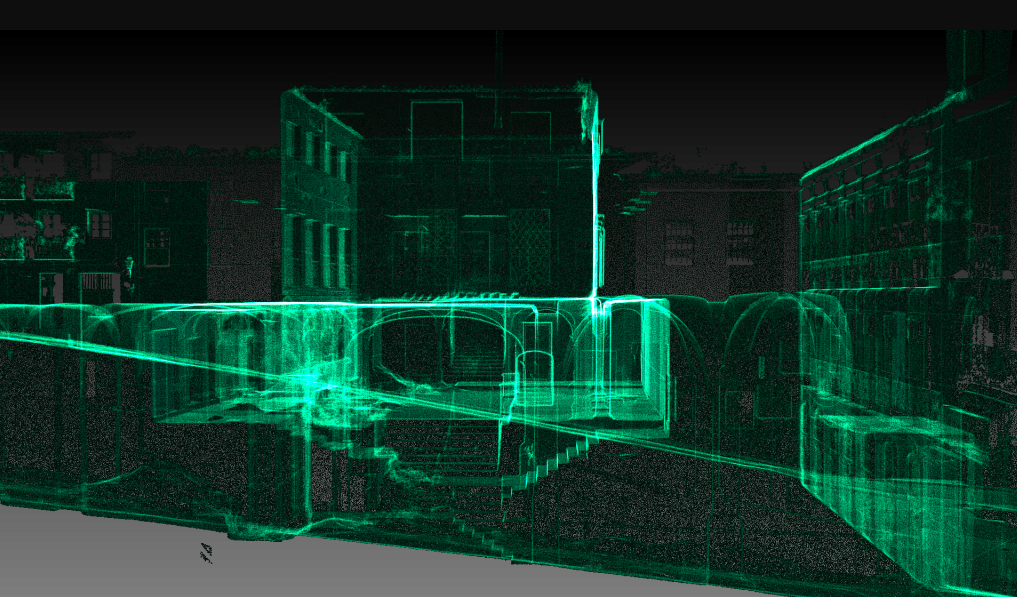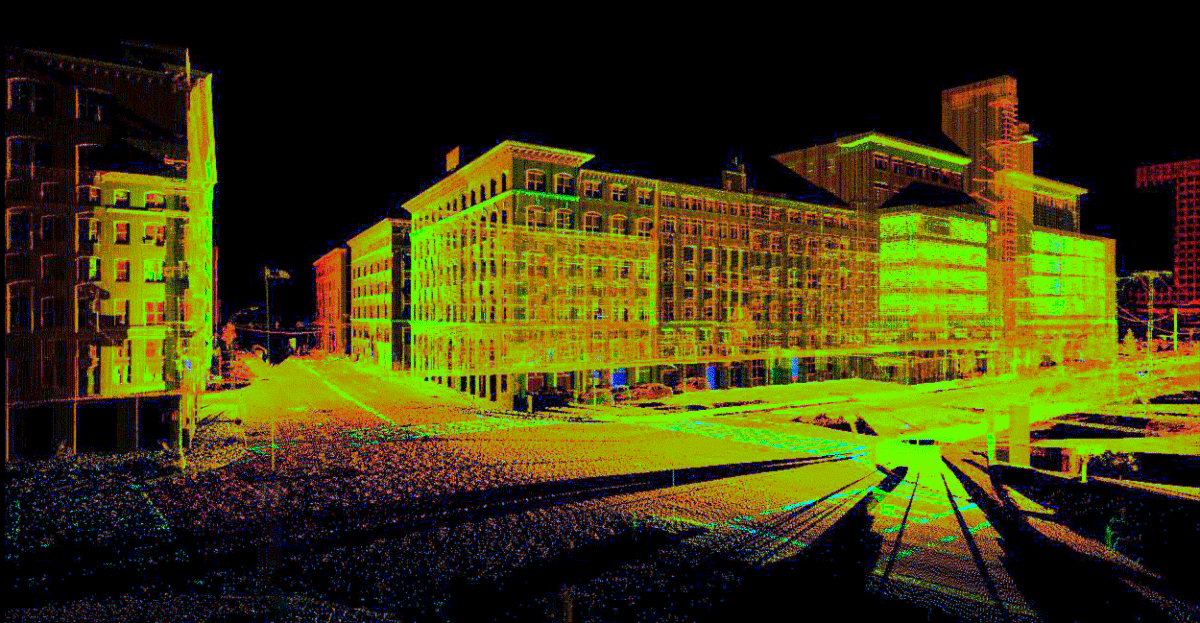Enhancing Production Processes: The Influence of 3D Laser Scanning on Top Quality Control
3D laser scanning modern technology is changing quality control in production. By giving high-resolution information and precise measurements, it allows makers to identify deviations from requirements effortlessly. This advancement not only simplifies examination procedures however likewise improves functional effectiveness. 3D Scanning. Nonetheless, the application of this technology features its own set of difficulties. Exploring these elements exposes the more comprehensive implications for sectors and the future landscape of production

Comprehending 3D Laser Scanning Innovation
Although 3D laser scanning modern technology has developed substantially over the last few years, its basic concept stays simple: recording the accurate geometry of things using laser beams. This modern technology uses laser light to gauge ranges in between the scanner and numerous points on an object's surface. The data collected is then processed to develop a detailed 3D design, accurately showing the dimensions and contours of the scanned things.
Typically, 3D laser scanners can be classified into two main types: contact and non-contact scanners. Get in touch with scanners physically touch the things to collect dimensions, whereas non-contact scanners make use of laser beams to record information from a distance. The flexibility of this modern technology allows its application throughout different industries, consisting of building and construction, production, and architecture. Its ability to produce high-resolution models promotes quality assurance, reverse design, and fast prototyping, eventually improving layout precision and effectiveness in production procedures.
Benefits of 3D Laser Scanning in Manufacturing
As manufacturers look for to enhance effectiveness and precision in their processes, the benefits of 3D laser scanning have actually come to be increasingly apparent. This ingenious modern technology enables very accurate and rapid dimensions of complicated geometries, substantially decreasing the time needed for top quality checks. By recording thorough data, makers can identify inconsistencies early in the production procedure, therefore minimizing waste and rework expenses.
Furthermore, 3D laser scanning facilitates far better layout validation, enabling engineers to contrast as-built problems with original requirements. This ability ensures that any type of deviations are without delay addressed, enhancing general item quality. On top of that, the technology supports the creation of digital doubles, which can be used for simulations and procedure optimizations. Because of this, producers not just increase their operational effectiveness but also enhance their competitive advantage in the marketplace. Overall, the combination of 3D laser scanning stands for a transformative action towards accomplishing higher criteria in manufacturing quality assurance.
Assimilation of 3D Laser Scanning Into Quality Assurance
Integrating 3D laser scanning into quality control procedures boosts the precision and performance of assessments throughout production. This innovation allows suppliers to catch detailed, high-resolution information of parts and assemblies, permitting for specific dimensions and contrasts versus layout requirements. By employing 3D laser scanning, organizations can identify deviations from tolerances a lot more properly, which is essential for keeping product stability.

Real-World Applications and Study
Real-world applications of 3D laser scanning in making show its transformative influence throughout different markets. As an example, aerospace business utilize this modern technology to conduct exact examinations of components, ensuring they fulfill strict safety criteria. A noteworthy situation entailed a leading aircraft manufacturer that utilized 3D laser scanning to streamline its top quality control procedures, considerably reducing examination times and mistakes.
In the vehicle industry, suppliers have executed laser scanning to create digital doubles of their vehicles, making it possible for real-time adjustments during production. One automobile firm reported a 30% reduction in rework costs after integrating this modern technology right into their setting up lines.
In addition, in the durable goods sector, business are utilizing 3D laser scanning for rapid prototyping, permitting quicker models and enhanced product layouts. These applications show just how 3D laser scanning not just improves precision however also boosts effectiveness and innovation across multiple manufacturing domain names.
Getting Over Obstacles in Application
Executing 3D laser scanning in producing presents a number of obstacles that organizations should browse to totally recognize its benefits. One significant difficulty is the first cost of equipment and software program, which can deter read this article business from embracing this innovation. In addition, incorporating 3D laser scanning into existing process needs overcoming resistance to transform among workers, necessitating thorough training programs to ensure efficiency. Information administration additionally presents a difficulty, as the high volume of information generated by 3D scanning need to be properly refined and analyzed to obtain workable understandings. Compatibility issues with legacy systems may hinder smooth integration, requiring potential upgrades or adjustments. Addressing these obstacles is crucial for makers aiming to enhance quality assurance and optimize manufacturing procedures. By creating clear methods for training, investment, and information management, firms can reduce these barriers and release the transformative potential of 3D laser scanning in their operations.
Future Fads in 3D Laser Scanning for Manufacturing
As manufacturing remains to evolve, the assimilation of 3D laser scanning with raised automation is anticipated to change production procedures. Improved information analytics will play a crucial discover here role in enhancing operations and improving quality assurance. These patterns highlight the possibility for greater performance and precision in manufacturing atmospheres.

Boosted Automation Integration
The assimilation of automation in production has actually been gradual, the future of 3D laser scanning is poised to accelerate this pattern substantially. As producing procedures come to be significantly complicated, the need for exact, real-time dimensions expands. 3D laser scanning innovation provides automated data capture, minimizing labor prices and lessening human error. This assimilation enables makers to improve quality assurance processes, making it possible for fast detection of deviations in production. In addition, the alignment of 3D laser scanning with robotics and automated systems helps with smooth procedures, boosting overall performance. As makers take on these innovative technologies, they can expect improved precision and performance, positioning themselves competitively in a quickly progressing market. The synergy in between automation and 3D laser scanning notes a significant leap forward in manufacturing innovation.
Enhanced Data Analytics
The integration of automation has actually led the way for developments in information analytics within the domain of 3D laser scanning. Producers are increasingly leveraging innovative algorithms and artificial intelligence techniques to assess huge datasets produced by laser scans. This improved data analytics ability permits real-time tracking of producing processes, making it possible for the identification of deviations and issues more effectively than traditional approaches. Anticipating analytics can visualize possible concerns, significantly lowering downtime and boosting general effectiveness. The capability to visualize information blog in three dimensions supplies deeper insights into manufacturing workflows, fostering much better decision-making. As 3D laser scanning modern technology remains to develop, the role of data analytics will come to be progressively essential in driving technology and preserving competitive benefit in production.
Frequently Asked Questions
What Industries Benefit the Many From 3D Laser Scanning?
The industries that profit most from 3D laser scanning include production, building, aerospace, automobile, and medical care. These industries utilize the technology for precision measurements, quality control, and reliable design procedures, considerably improving general functional effectiveness.
Exactly How Does 3D Laser Scanning Contrast to Typical Measurement Techniques?
3D laser scanning provides greater precision and speed compared to traditional dimension methods. It catches in-depth geometries rapidly, decreasing human error and assisting in much better evaluation, which ultimately boosts total top quality control in different markets.
What Is the Price of Applying 3D Laser Scanning Innovation?
The cost of carrying out 3D laser scanning modern technology varies significantly, usually varying from $10,000 to $100,000, depending on equipment, software application, and training. Organizations must weigh these expenses versus possible effectiveness and high quality enhancements.
Exist Specific Software Program Demands for 3D Laser Scanning?
Yes, 3D laser scanning needs specific software application, including information processing and modeling applications. Usual choices include CAD software program, factor cloud handling tools, and specialized applications that facilitate the assimilation and analysis of checked information for optimal outcomes.
How much time Does a Common 3D Laser Scanning Process Take?
A regular 3D laser scanning process can take anywhere from a couple of mins to numerous hours, depending on variables like the size of the things, intricacy of the environment, and required degree of detail for precision.
3D laser scanning technology is transforming quality control in production. 3D laser scanning modern technology has developed significantly in current years, its essential concept continues to be simple: catching the accurate geometry of items utilizing laser light beams. Integrating 3D laser scanning into quality control processes enhances the precision and efficiency of inspections throughout manufacturing (3D Scanning). 3D laser scanning technology uses automated data capture, lowering labor expenses and reducing human mistake. The price of executing 3D laser scanning technology varies substantially, usually ranging from $10,000 to $100,000, depending on software, training, and tools